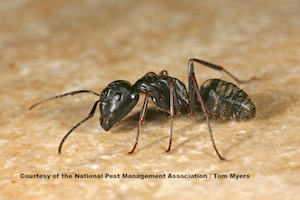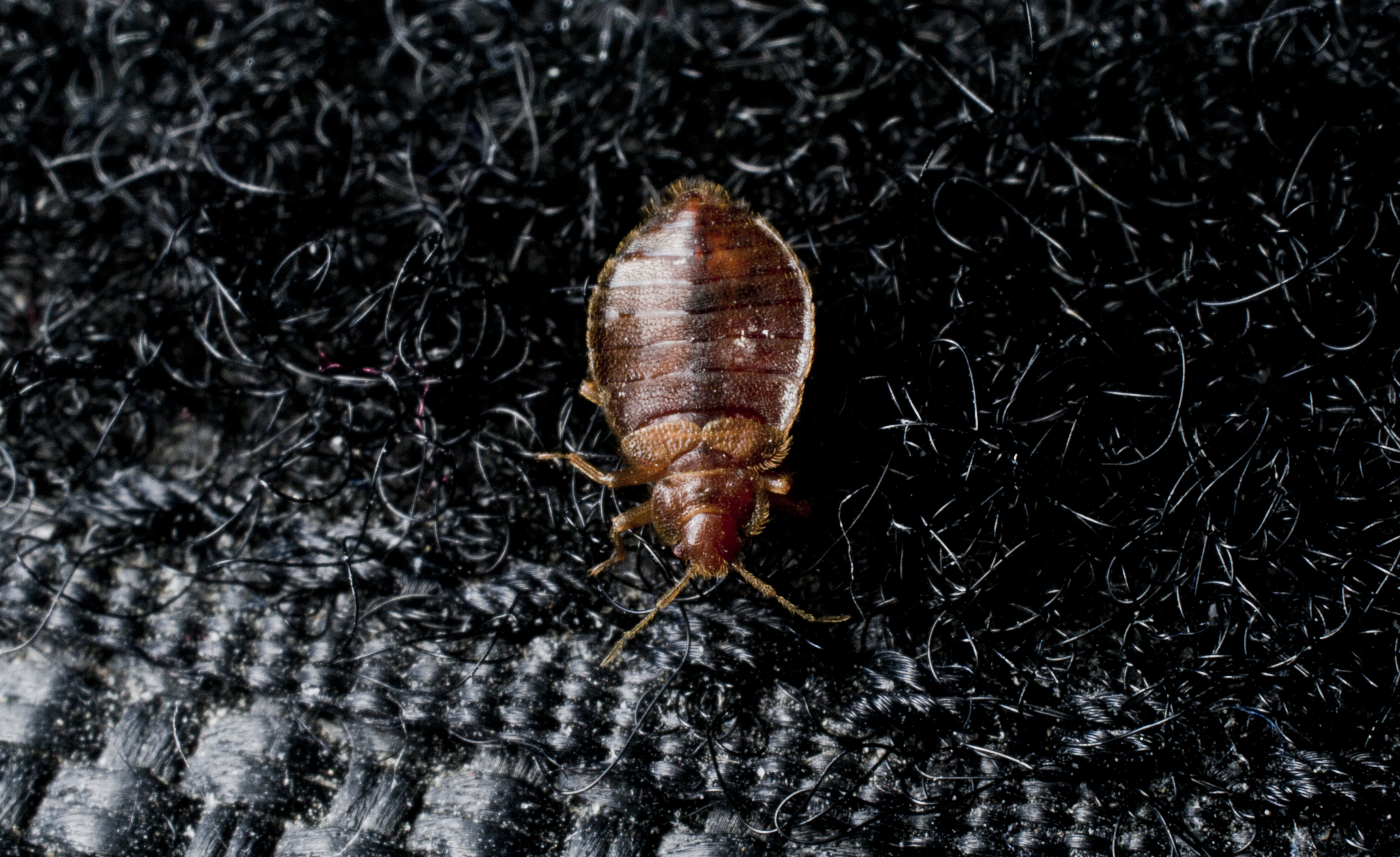Know the Facts: Summer Pest Threats
Stinging insects, mosquitoes, ants, oh my; a little education can go a long way in protecting yourself from summer pest dangers
FAIRFAX, VA (July 1, 2019) – Summer is not only peak season for barbecues, pool parties and bike rides, but for many dangerous pests as well. From mosquitoes that can carry deadly diseases, to stinging insects that send more than 500,000 people to the emergency room in the U.S. every year, the National Pest Management Association (NPMA) is urging homeowners take proper precautions against dangerous summertime pests.
“While summer is often thought of as a relaxing, carefree time of year, it’s important to remain alert when spending time outdoors to prevent encounters with dangerous pests like mosquitoes, wasps and ticks,” said Cindy Mannes, vice president of public affairs for NPMA. “Pest control professionals have in-depth knowledge about the biology and behavior of these pests, which make them the ideal, first-line of defense when dealing with creepy crawlers around your house, and we are happy to share some of their top insights on how to stay safe from summer pest threats.”
Mosquitoes – Only female mosquitoes bite and feed on humans, as they need a blood meal in order to lay fertile eggs.
- Pro Tip: Mosquitoes are mainly active around dusk and dawn, so avoid the outdoors at those times to reduce the likelihood of getting bitten.
Wasps – There are over 4,000 kinds of wasps in the U.S., and unlike bees, their bodies are smooth and have no hair.
- Pro Tip: Check plants and trees for wasp nests to avoid contact with these stinging insects.
European hornets – European hornets are the only true hornets native to the U.S., and unlike most stinging insects, they can be active at night.
- Pro Tip: Change exterior lights to yellow bulbs to reduce this insect’s attraction to your home or property.
Africanized bees – These dangerous stinging insects have been known to chase people for more than a quarter of a mile once provoked, earning them the nickname, “killer bees.”
- Pro Tip: If there is a nest on your property, contact a licensed pest control professional as these pests can be extremely aggressive.
Ticks – Ticks are not insects, but actually classified as arachnids, or relatives of spiders, scorpions and mites. Because they cannot fly, ticks get onto pets and people by jumping.
- Pro Tip: Wearing long pants, long-sleeved shirts and closed-toe shoes when outdoors, especially in wooded areas or tall grasses can help prevent tick bites.
Ants – Ants are social insects that live in large colonies, so what may seem like a small infestation can quickly turn into a big problem for homeowners.
- Pro Tip: Keep tree branches and other plants cut back from the house, as ants often use these branches to enter homes.
Red Imported Fire Ants (RIFA) – This invasive species from Brazil is known to be more aggressive than other species of ants, and gets its name from their ability to inflict painful bites and stings.
- Pro Tip: Be sure to seal all openings to the home, as RIFAs can gain access to buildings through HVAC systems and AC units.
For more information on summer pest prevention, visit PestWorld.org.
###
About the National Pest Management Association
The NPMA, a non-profit organization with more than 5,500 members, was established in 1933 to support the pest management industry's commitment to the protection of public health, food and property from the diseases and dangers of pests. For more information, visit PestWorld.org or follow @PestWorld on Facebook, Twitter, Pinterest and YouTube.

Learn About Ants
Ants are a common pest homeowners struggle to eradicate. Learn more about them!

Bed Bug Pest Guide
Traveling for the holidays this year? Be sure to keep an eye out for bed bugs! Use our Pest Guide to help identify this pest.

NPMA's What Grows There? Project
Check out NPMA's What Grows There? project to learn how pests, such as flies, cockroaches and rodents, can spread germs throughout a home.

About the National Pest Management Association
The NPMA, a non-profit organization with more than 5,500 members, was established in 1933 to support the pest management industry's commitment to the protection of public health, food and property from the diseases and dangers of pests. For more information, visit PestWorld.org or follow @PestWorld on Facebook, X, Pinterest, TikTok and YouTube and @PestWorldOfficial on Instagram.

Learn About Ants
Ants are a common pest homeowners struggle to eradicate. Learn more about them!

Bed Bug Pest Guide
Traveling for the holidays this year? Be sure to keep an eye out for bed bugs! Use our Pest Guide to help identify this pest.

NPMA's What Grows There? Project
Check out NPMA's What Grows There? project to learn how pests, such as flies, cockroaches and rodents, can spread germs throughout a home.
